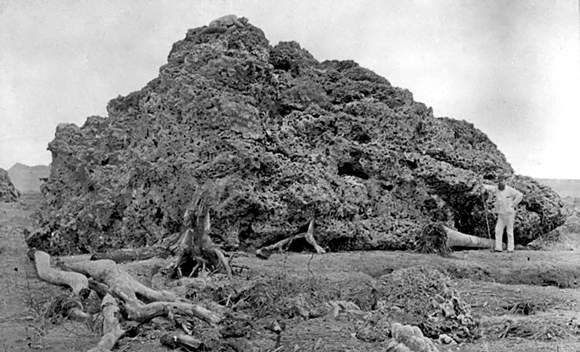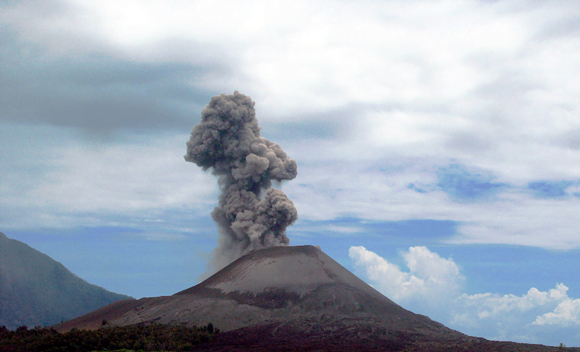The Loudest Sound, Naturally
Written by Sneh Chaudhry on March 10, 2022
The loudest sound in recorded history came from the volcanic eruption on the Indonesian island Krakatoa at 10.02 a.m. on August 27, 1883. The explosion caused two-thirds of the island to collapse and formed tsunami waves as high as 46 m (151 ft) rocking ships as far away as South Africa.

The explosion was reportedly heard 4800 km (3000 miles) away, where people described the sound as “cannon fire from a nearby ship”.
The Batavia gasworks (North Jakarta), 160 km (99 miles) away from the source, registered a sound pressure level spike of more than 2½ inches of mercury (8.5 kPa), equivalent to 172 decibels. The sound pressure wave travelled the globe seven times in total over the following five days.
In comparison Microphone Type 4966-L-001 is designed for high sound pressure level (SPL) measurements – such as in the proximity of a jet engine – provides a dynamic range of 144 dB.
Nature is a law unto itself, and there is nothing we can do to combat its extremities, in this case, extreme sound. However, we can do something about sounds created by man. Read about the deafening noise in Europe where new laws and standards are constantly taking shape.
The sound made by the Krakatoa volcanic eruption in 1883 was so loud it ruptured eardrums of people 40 miles away, travelled around the world four times, and was clearly heard 3,000 miles away. That’s like standing in New York and hearing a sound from San Francisco.









